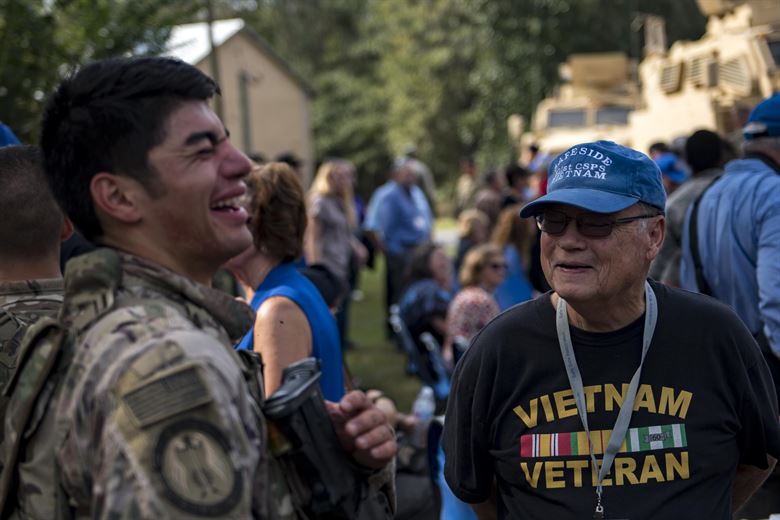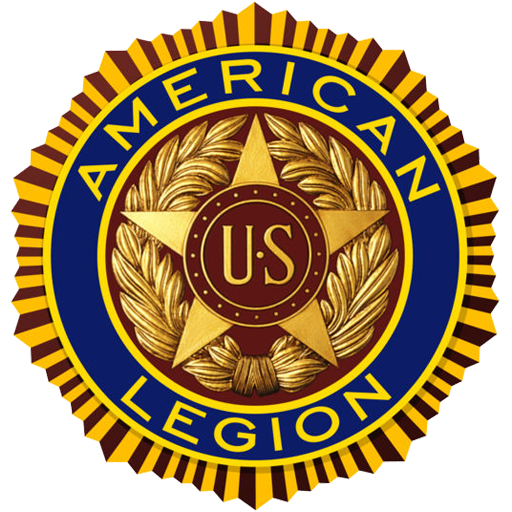
by Les Davis, USA (ret)
Why are the younger Veterans avoiding the Veteran Service Organizations?
Before I researched why the post-Vietnam generation of Veterans were not joining Veteran Service Organizations (VSO), I asked myself, “Why wouldn’t veterans want to be around other veterans?” Truly, participating in a VSO provides a unique opportunity to serve our community with people from all walks of life, and also offers the opportunity to share the bond and comradery that melds us together as proud United States Veterans.
After months of research, most of which involved visiting many VSOs in several states, the answer became obvious: In all of the VSOs that I had the pleasure of visiting, I found that VSOs are standing by and waiting for this younger generation of veterans to just walk in and join like their fathers and grandfathers before them. And this appeared to be the “marketing strategy” to bolster membership in many, if not all, of the VSOs. Many VSOs rely solely on their names to entice these young veterans to show up and join, and most have a marketing campaign that hasn’t quite made it into the 21st Century. And quite frankly, some of the messaging is a little misleading.
For example, I remember getting a package from a VSO that looked like an official government envelope until I opened it and discovered much to my dismay that this official-looking correspondence was in fact a membership package. I thought the BOLD RED ink demanding some type of action was a little over the top. When I read “send money along with application and you will receive a multi-tool with your new membership”, I decided to throw the whole envelope away.
The current VSO image and what the younger veteran generation think about local VSOs is real; they see a building with a couple windows, a dimly lit smoke-filled room with a pool table or darts with “Bingo Night” being boldly advertised as the biggest event happening at that particular location. How do we get the younger veterans to be part of that? The answer is we don’t. WE MUST CHANGE. The thought that eventually the younger veterans will join because they are missing the comradery is a false notion. There are too many newer and younger VSOs that have popped-up in the recent years for them to join leaving a vast number of VSOs competing for membership from a much smaller pool of veterans.
The one positive aspect from the VSOs, one that no one can take away, is that they have held firm in the support of the various veteran issues in Washington, D.C. for decades, and have dedicated much of their efforts in resolving very troubling veteran issues involving the Veterans Administration that have surfaced in recent years. The more established veteran service organizations have a voice with the Congress and President regardless of the dominant political party. Senators, Representatives, and Presidents have made speeches at VSO national conventions because politicians know that they need the support of these Veteran Service Organizations. Politicians listen to them because of the membership numbers which unfortunately are declining.
What positive actions can the VSOs take to build membership? After talking to Desert Storm, OEF and OIF veterans over the past 9 years, I suggest the following 12 common sense steps to appeal to that younger generation of veterans who are the very life-blood of the existing VSOs:
1. Be honest and transparent when sending out material to attract new members. Educate the younger veteran generation by conveying to them what you have accomplished locally and nationally to ensure that veteran issues stay at the forefront of the discussion. Show them that you are making a difference. Let them know about your whole organization, not just a narrow scope of membership and money.
2. Treat all veterans equally. Both men and women have served honorable in the Armed Forces. To assume only men deployed or served is backwards thinking, and has no room in today’s VSO.
3. Update posts with free WIFI, offer video gaming like an XBOX or PlayStation 4, and install flat screen TVs, and select programming, such as sports programming, that would appeal to all veterans.
4. I know the more seasoned veterans have life experience and perhaps a different frame of reference. But we should never think that the younger generation is any different. As a leader, I’ve always welcomed new ideas from everyone, and the younger veterans are full of ideas-just as we were at that age. You should embrace their energy and let them share their ideas about improving your post; you will be pleasantly surprised with the innovative ideas that they come up with. Be open to these new ideas.
5. Welcome all veterans into your post. When you see someone new walk in, welcome them with open arms, make them feel like they are part of your post and have found a new family and friends. And don’t criticize the way the look now or their time in service. If you’re welcoming, we may overlook the stale beer smell and nicotine stained walls and windows and stay for a while.
6. Keep your meetings short and to the point. If you have younger veterans at your post, assign them a task during the meeting and ask them to work with the membership and complete it. Get them involved in the administration of your VSO and encourage their involvement. The younger generation, especially the millennials like to solve problems by working and teaming with a group. This is a prime opportunity for the VSO leadership to mentor those younger veterans. Be patient. Some of these young veterans suffer from a malady of challenges, such as Traumatic Brain Injury.
7. Turn your post or part of your post into a community type of center. Our younger veterans want a place to network, drop their child off for daycare, or do homework.
8. Turn your post into a place where veterans can network with the community. Invite local business owners, company executives, your local college Veteran’s Representatives, or members of the local Chamber of Commerce to speak at your meetings.
9. Don’t be afraid to work with other veteran organizations within your community. Build a strong support network for all veterans.
10. If you have a post close to a military base, begin working with the base transition office or AW2/AF2/USMC Wound Warrior Regiment or the Navy’s Safe Harbor Program. These once flourishing programs have had their share of budget cuts, but the mission remains the same. This is where VSOs could make a positive impact with the base leadership as well as the surrounding veteran population.
11. Introduce yourself and your post to your local Guard and Reserve centers. Most of the members live, work, and shop in your community.
12. Sign up for and attend every veteran event that you can. Make sure the people in your community know that you are the person and post to contact when it comes to supporting veterans. Talk the talk and walk the walk.

